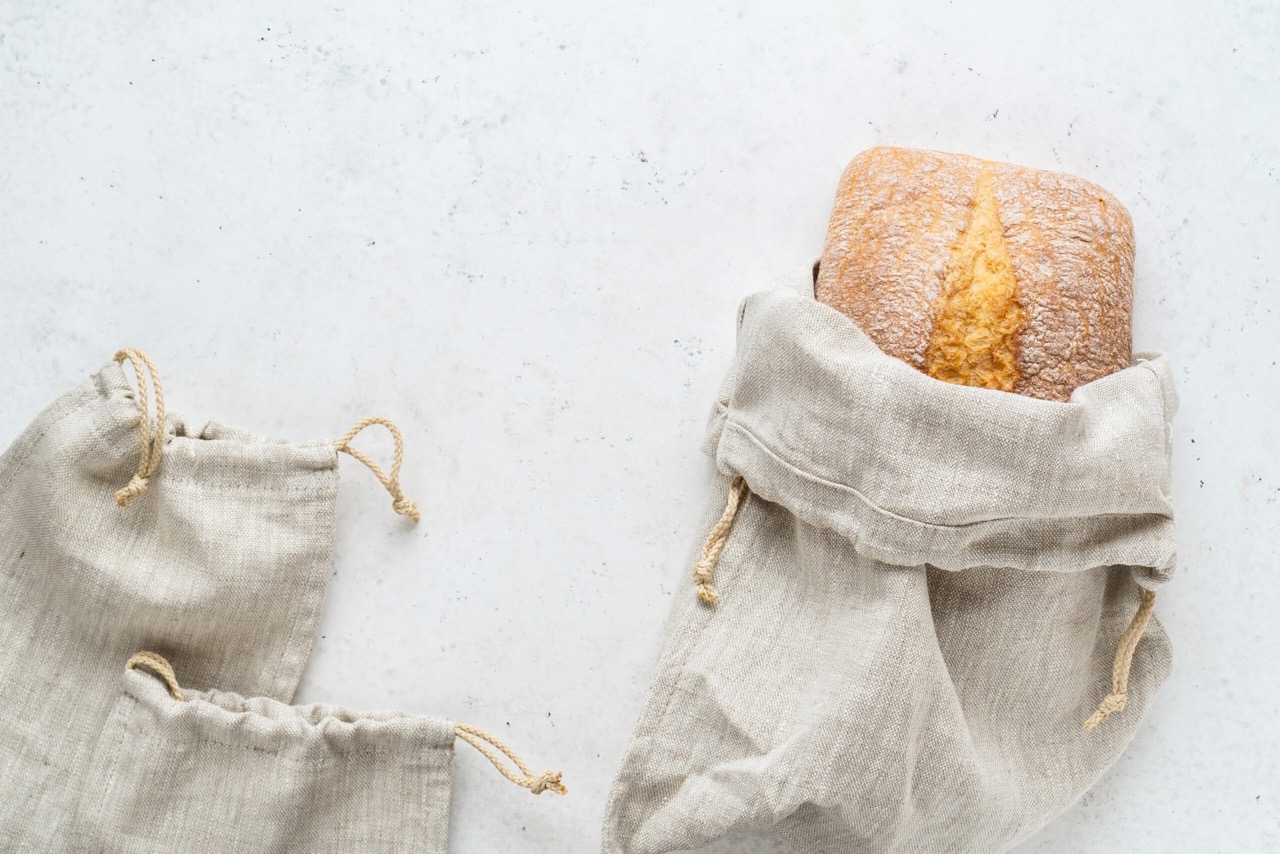

Articles
How To Store Homemade Bread Without Plastic
Modified: January 5, 2024
Learn eco-friendly ways to store your homemade bread without relying on plastic. Read our informative articles for tips and ideas on sustainable bread storage.
(Many of the links in this article redirect to a specific reviewed product. Your purchase of these products through affiliate links helps to generate commission for Storables.com, at no extra cost. Learn more)
Introduction
Homemade bread is a delicious treat that can be enjoyed at any time of the day. Whether it’s a soft and fluffy loaf or a crusty artisanal creation, there’s nothing quite like the taste and smell of fresh bread straight from the oven. However, when it comes to storing homemade bread, many people reach for plastic bags or containers without considering the potential negative impacts.
In recent years, there has been increasing awareness of the environmental and health concerns associated with plastic. Plastic pollution is a significant issue, with millions of tons of plastic waste ending up in our oceans and landfills each year. Additionally, studies have shown that plastic can leach harmful chemicals into our food and beverages, posing potential health risks.
As more people strive to reduce their dependence on plastic, finding alternative options for food storage, including bread, is essential. In this article, we will explore various environmentally-friendly options for storing homemade bread without the need for plastic.
Key Takeaways:
- Say no to plastic and opt for eco-friendly bread storage options like bread boxes, cloth bags, beeswax wraps, or freezing. Enjoy fresh homemade bread while reducing environmental impact and health risks.
- Maximize bread freshness by following simple tips like cooling completely, avoiding direct heat, and using airtight containers. Embrace sustainable bread storage for a delightful and eco-conscious experience.
Read more: How To Store Bread Without Plastic
Why Avoid Plastic for Bread Storage
Plastic containers and bags are commonly used for storing bread due to their convenience and affordability. However, there are several reasons to consider avoiding plastic when it comes to bread storage.
Firstly, plastic is non-biodegradable, meaning it does not break down naturally over time. This leads to a significant accumulation of plastic waste in our environment, contributing to pollution and harming wildlife.
Furthermore, the production of plastic involves the use of fossil fuels, contributing to greenhouse gas emissions and climate change. By reducing our consumption of plastic products, such as plastic bags or containers for bread storage, we can help mitigate these environmental impacts.
Plastic can also have adverse effects on our health. Certain types of plastic, such as those containing bisphenol A (BPA) or phthalates, can leach into our food, especially when exposed to heat or moisture. These chemicals have been linked to various health issues, including hormonal imbalances and increased risk of certain diseases.
Another drawback of plastic is its tendency to trap moisture. When bread is stored in a plastic bag or container, the moisture from the bread can get trapped inside, promoting the growth of mold and making the bread stale faster.
Given these concerns, it’s worth exploring alternative options for bread storage that are more eco-friendly and safer for our health.
Alternative Options for Bread Storage
Fortunately, there are several alternative options available for storing homemade bread that do not rely on plastic. These options not only help reduce our environmental footprint but also provide effective ways to keep our bread fresh and delicious.
One popular option is using a bread box. A bread box is a specially designed container that provides the optimal environment for storing bread. It typically has ventilation holes or a wooden lid that helps regulate humidity, preventing the bread from drying out or becoming too moist. The natural airflow helps maintain the bread’s texture and freshness, making it an excellent choice for storing homemade bread.
Another alternative is to use cloth bags for bread storage. Cloth bags are breathable and allow air circulation, which helps prevent moisture buildup and keep the bread fresh. They are reusable and can be easily washed, making them a sustainable choice. To store the bread in a cloth bag, place the loaf inside and tightly tie the bag to ensure freshness. Cloth bags are also versatile and can be used for other food storage purposes.
Beeswax wraps are another eco-friendly option for bread storage. Beeswax wraps are made by infusing cotton fabric with beeswax, jojoba oil, and tree resin, creating a natural and reusable alternative to plastic wrap. Simply wrap the bread in the beeswax wrap, securing it with a twist tie or string. The beeswax coating helps create a breathable barrier, keeping the bread fresh and free from moisture.
For long-term storage, freezing homemade bread is an effective method. Slice the bread and place it in a freezer-safe bag or container. The freezing process halts any bacterial growth, preserving the bread’s freshness for an extended period. To thaw the bread, simply leave it at room temperature or use a toaster or oven to reheat the slices.
Regardless of the storage option chosen, there are a few general tips to keep in mind for maintaining bread freshness. First, allow the bread to cool completely before storing, as storing warm bread can create condensation, leading to moisture buildup. Additionally, avoid exposing the bread to direct sunlight or heat, as this can accelerate the staling process. Lastly, try to consume the bread within a few days for the best taste and texture.
By opting for alternative storage options that eliminate the need for plastic, we can not only reduce our environmental impact but also ensure that our homemade bread stays fresh and delicious for longer.
Storing Homemade Bread in a Bread Box
A bread box is a classic and effective option for storing homemade bread. It provides a dedicated space for your bread, keeping it fresh and delicious for an extended period. Here are some steps to properly store your homemade bread in a bread box:
- Choose a high-quality bread box: Look for a bread box that is made of durable materials like wood or metal. Make sure it has ventilation holes or a wooden lid to allow airflow.
- Ensure the bread is completely cooled: Before placing the bread in the bread box, it is important to let it cool down completely. If the bread is warm, it can create condensation inside the box, leading to moisture buildup and a shorter shelf life.
- Wrap the bread: To further maintain freshness, you can choose to wrap the bread in a clean kitchen towel or a linen bread bag. This helps to absorb any excess moisture and prevents the bread from drying out.
- Place the bread in the bread box: Gently place the wrapped bread inside the bread box. Make sure there is enough space for air to circulate, avoiding overcrowding as it may result in uneven airflow and faster staling.
- Store the bread box in a cool location: Find a cool spot in your kitchen or pantry to store the bread box. Avoid placing it near heat sources like stoves or direct sunlight, as this can cause the bread to dry out quickly.
By utilizing a bread box, you can create an optimal storage environment for your homemade bread. The controlled humidity and proper ventilation inside the bread box help to preserve the bread’s freshness and prevent it from getting stale or moldy. Remember to check your bread regularly to ensure it is still fresh and to enjoy it within a few days for the best taste and texture.
Using Cloth Bags for Bread Storage
Cloth bags are a sustainable and versatile option for storing homemade bread. They allow for breathability, preventing moisture buildup and keeping the bread fresh for longer periods. Here’s how you can use cloth bags for bread storage:
- Select the right cloth bag: Look for a cloth bag that is made of natural fibers like cotton or linen. These materials are breathable, allowing air circulation that helps maintain the bread’s texture and prevent moisture retention.
- Cool and protect the bread: Before storing the bread in a cloth bag, make sure it has completely cooled down. This will prevent condensation and mold development. You can also choose to wrap the bread in a clean kitchen towel or parchment paper before putting it in the cloth bag. This additional layer helps absorb excess moisture.
- Place the bread in the cloth bag: Gently place the wrapped or unwrapped bread in the cloth bag. If the bread is large, you may need to fold or roll it to fit. Seal the bag tightly to prevent air exposure.
- Store in a cool and dry location: Find a cool and dry spot in your kitchen or pantry to store the cloth bag. Avoid areas near heat sources or direct sunlight, as they can accelerate the staling process.
- Regularly check and refresh the bag: It’s important to inspect the bread and cloth bag regularly. If the bag shows signs of moisture or mold, wash it thoroughly or replace it with a clean one. Be sure to remove any stale bread to prevent the spread of mold.
Cloth bags offer a sustainable and reusable solution for bread storage. They are easy to clean and maintain, and you can use them for other food storage purposes as well. By choosing cloth bags, you not only reduce your reliance on plastic but also contribute to a greener and more environmentally-friendly lifestyle.
Store homemade bread without plastic by wrapping it in a clean kitchen towel or cloth napkin and placing it in a bread box or a paper bag. This will help keep the bread fresh without the need for plastic.
Read more: How To Store Homemade Bagels
Using Beeswax Wraps for Bread Storage
Beeswax wraps are a natural and eco-friendly alternative to plastic wrap for storing homemade bread. Made from cotton fabric infused with beeswax, jojoba oil, and tree resin, beeswax wraps create a breathable barrier that helps preserve bread freshness and prevent moisture buildup. Here’s how you can use beeswax wraps for bread storage:
- Select the right size wrap: Choose a beeswax wrap that is large enough to fully wrap your loaf of bread. If needed, you can also use multiple wraps to ensure complete coverage.
- Prepare the wrap: Before using a new beeswax wrap, soften it by gently folding and crumpling it in your hands. This helps to activate the natural adhesive properties of the wrap.
- Wrap the bread: Place the bread in the center of the beeswax wrap and fold the wrap over the loaf. Gently press the wrap against the bread to create a seal. Alternatively, you can use a twist tie or string to secure the wrap in place.
- Store the wrapped bread: Once wrapped, place the bread in a cool and dry location. Avoid exposure to direct sunlight or heat, as this can affect the quality of the bread.
- Clean and maintain the wrap: After use, gently wipe the beeswax wrap with a mild detergent and cool water. Avoid hot water or harsh cleaning agents, as they can remove the beeswax coating. Allow the wrap to air dry before storing it for future use.
- Refresh the beeswax coating: Over time, the beeswax coating on the wrap may wear off. To refresh the wrap, you can place it between two sheets of parchment paper and lightly iron it on low heat. This helps to redistribute the beeswax and extend the life of the wrap.
Beeswax wraps are a sustainable and reusable option for bread storage. They can be used repeatedly for several months before needing to be replaced. By choosing beeswax wraps, you not only reduce your plastic waste but also support a more natural and sustainable way of storing homemade bread.
Freezing Homemade Bread for Long-Term Storage
If you have made more bread than you can consume within a few days, freezing it is an excellent option to extend its shelf life. Freezing homemade bread helps preserve its freshness and taste for longer periods. Here’s how you can freeze homemade bread for long-term storage:
- Cool the bread completely: Allow the homemade bread to cool down completely before freezing. This prevents condensation from forming, which can lead to a soggy texture.
- Wrap the bread: Wrap the bread tightly in plastic wrap or aluminum foil to protect it from freezer burn. If you want to avoid using plastic, you can also use beeswax wraps or place the bread in a freezer-safe container.
- Label and date: It’s important to label the wrapped bread with the date it was frozen. This helps you keep track of its storage time and ensures you consume the oldest bread first.
- Place in the freezer: Put the wrapped bread in the freezer, making sure it’s laid flat to maintain its shape. If you have multiple loaves, you can stack them, separating each with a sheet of parchment paper to prevent sticking.
- Thawing the bread: When you’re ready to enjoy the bread, remove it from the freezer and let it thaw at room temperature. This usually takes a few hours, depending on the size of the loaf. Alternatively, you can toast the frozen bread slices directly in a toaster or warm them in the oven.
- Storing the thawed bread: Once the bread is thawed, it is best to consume it within a few days for the best taste and texture. If there are leftovers, store them in an airtight container or resealable bag at room temperature.
By freezing homemade bread, you can enjoy it at your convenience without worrying about it going stale. Freezing is a reliable way to preserve bread for an extended period, allowing you to savor the homemade goodness whenever you want.
Tips for Maintaining Bread Freshness
Whether you store your homemade bread in a bread box, cloth bag, beeswax wrap, or freezer, there are several tips you can follow to maintain its freshness and quality for as long as possible:
- Cool the bread completely: Before storing the bread, make sure it has cooled down completely. Storing warm bread can create condensation, leading to moisture buildup and a shorter shelf life.
- Avoid direct sunlight and heat: Store your bread away from direct sunlight or heat sources like stoves or ovens. Heat accelerates the staling process and can cause the bread to dry out quickly.
- Keep the bread in a cool and dry place: Find a cool and dry spot in your kitchen or pantry to store the bread. A consistent, moderate temperature helps maintain the bread’s freshness and texture.
- Do not refrigerate fresh bread: Refrigeration can cause bread to dry out and become stale more quickly. It is best to avoid refrigerating freshly baked bread unless you plan to freeze it for long-term storage.
- Use a bread knife or serrated knife: When slicing bread, use a bread knife or a serrated knife. These types of knives are designed to cut through bread without squishing or compressing it, preserving its shape and texture.
- Slice the bread as needed: To keep the bread as fresh as possible, consider slicing it as needed. Sliced bread has a larger exposed surface area, making it more prone to staling. By slicing the bread when you’re ready to consume it, you can enjoy a fresher taste.
- Handle bread with clean hands or utensils: When handling bread, make sure your hands are clean and dry, or use clean utensils. This helps prevent the transfer of bacteria or other contaminants, maintaining the bread’s quality.
- Store bread in airtight containers: If you prefer a crisper crust, store your bread in an airtight container. However, be mindful that airtight containers can retain moisture, so ensure the bread has cooled completely to minimize the risk of mold.
- Refresh bread when necessary: If your bread starts to lose its freshness, you can refresh it by lightly toasting it or warming it in the oven. This helps revitalize the crust and can make slightly stale bread enjoyable again.
By following these tips, you can maximize the freshness and flavor of your homemade bread, ensuring every bite is a delightful experience. Remember that homemade bread is best enjoyed within a few days of baking, so try to plan your consumption accordingly for the most enjoyable taste and texture.
Conclusion
When it comes to storing homemade bread, it’s important to consider alternatives to plastic options. Plastic not only contributes to environmental pollution but can also have negative impacts on our health. By making conscious choices and opting for eco-friendly alternatives, we can enjoy our bread while minimizing our environmental footprint and reducing exposure to harmful chemicals.
Using a bread box, cloth bags, beeswax wraps, or freezing bread are all excellent options for storing homemade bread without the need for plastic. Each method offers its advantages and can help preserve the freshness and quality of the bread.
Implementing the tips for maintaining bread freshness is equally essential. Cooling the bread completely, storing it in a cool and dry place, careful handling, and slicing as needed can all contribute to extended freshness and a better overall bread experience.
By embracing these alternative storage methods and following the provided tips, we can enjoy homemade bread at its best for longer periods, reducing waste and creating a more sustainable lifestyle.
Remember, every small effort counts. Making the switch from plastic to eco-friendly options for bread storage not only benefits our own well-being but also supports a healthier planet for future generations. So, choose to store your homemade bread without plastic and savor the goodness while making a positive impact.
Frequently Asked Questions about How To Store Homemade Bread Without Plastic
Was this page helpful?
At Storables.com, we guarantee accurate and reliable information. Our content, validated by Expert Board Contributors, is crafted following stringent Editorial Policies. We're committed to providing you with well-researched, expert-backed insights for all your informational needs.

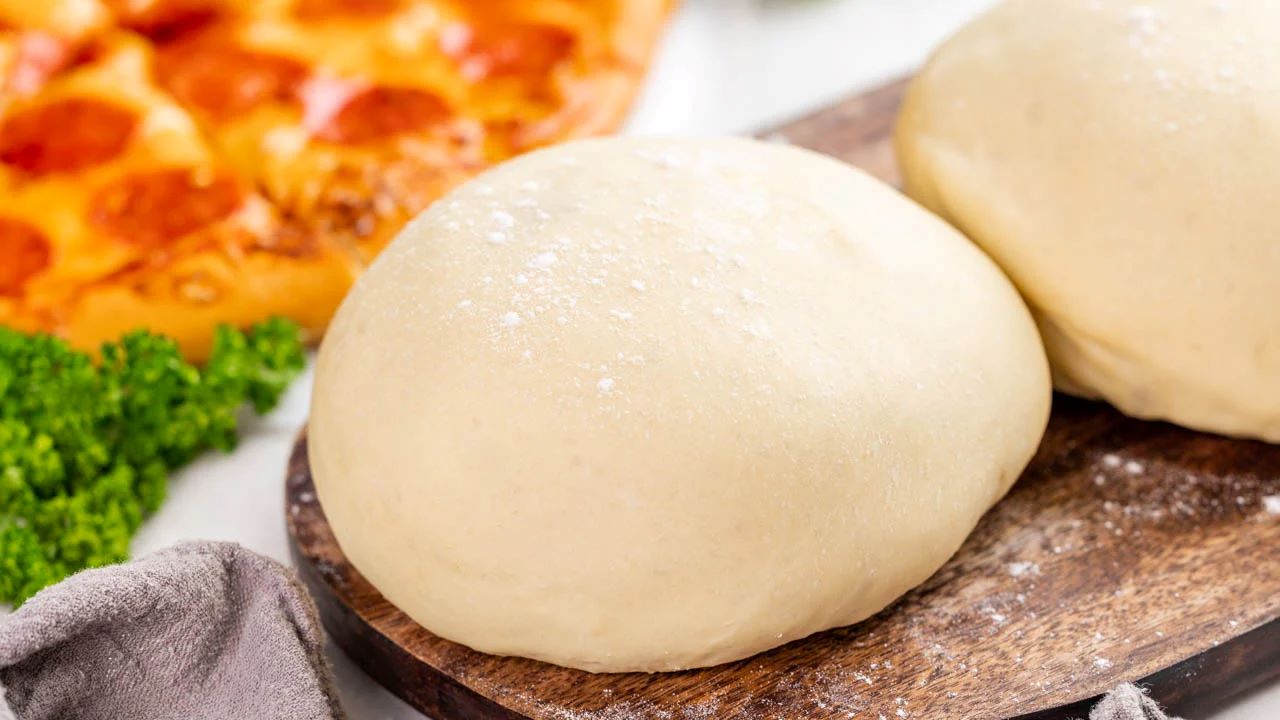
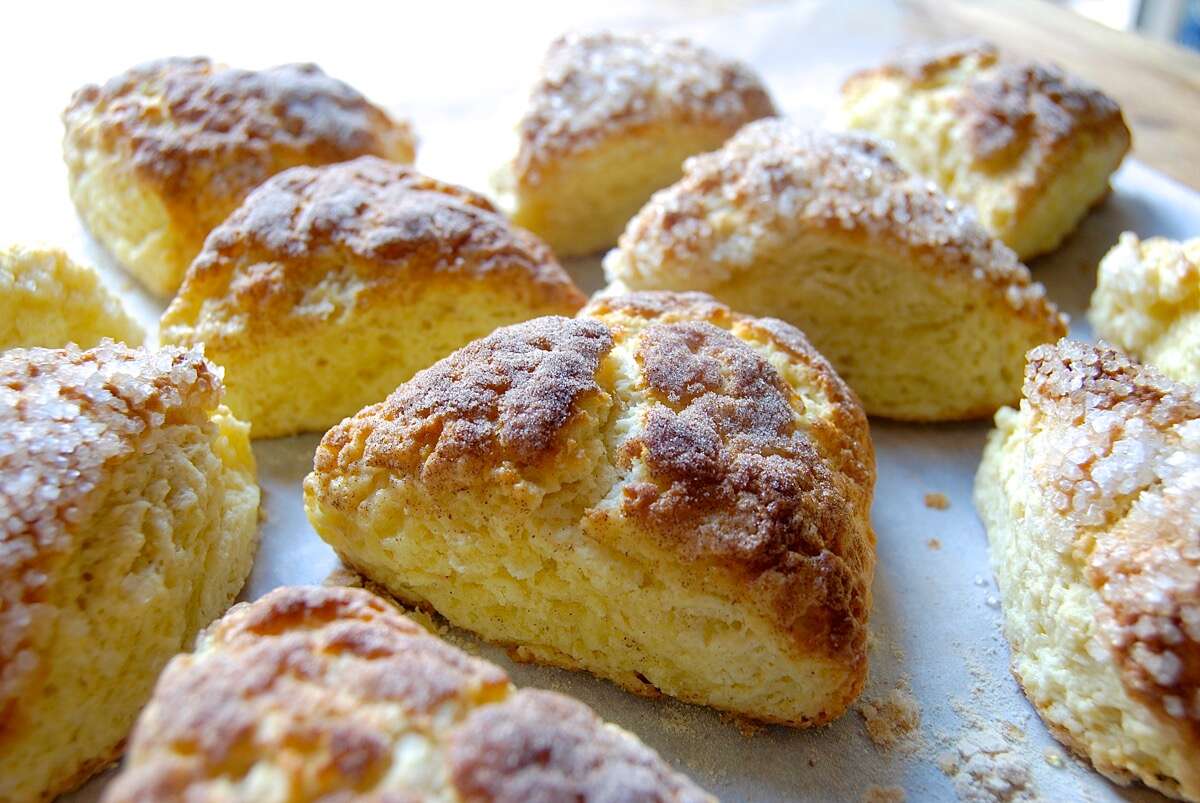
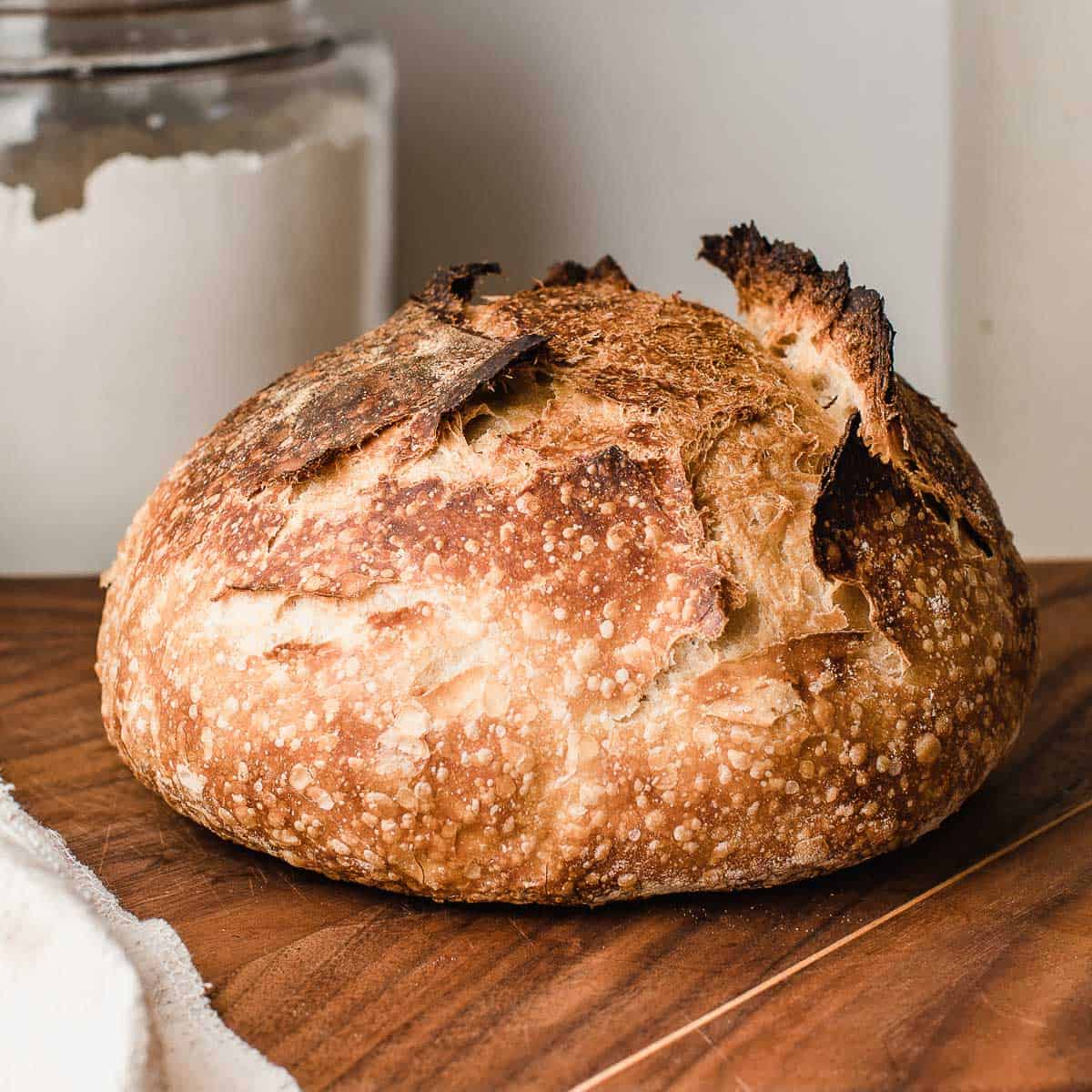

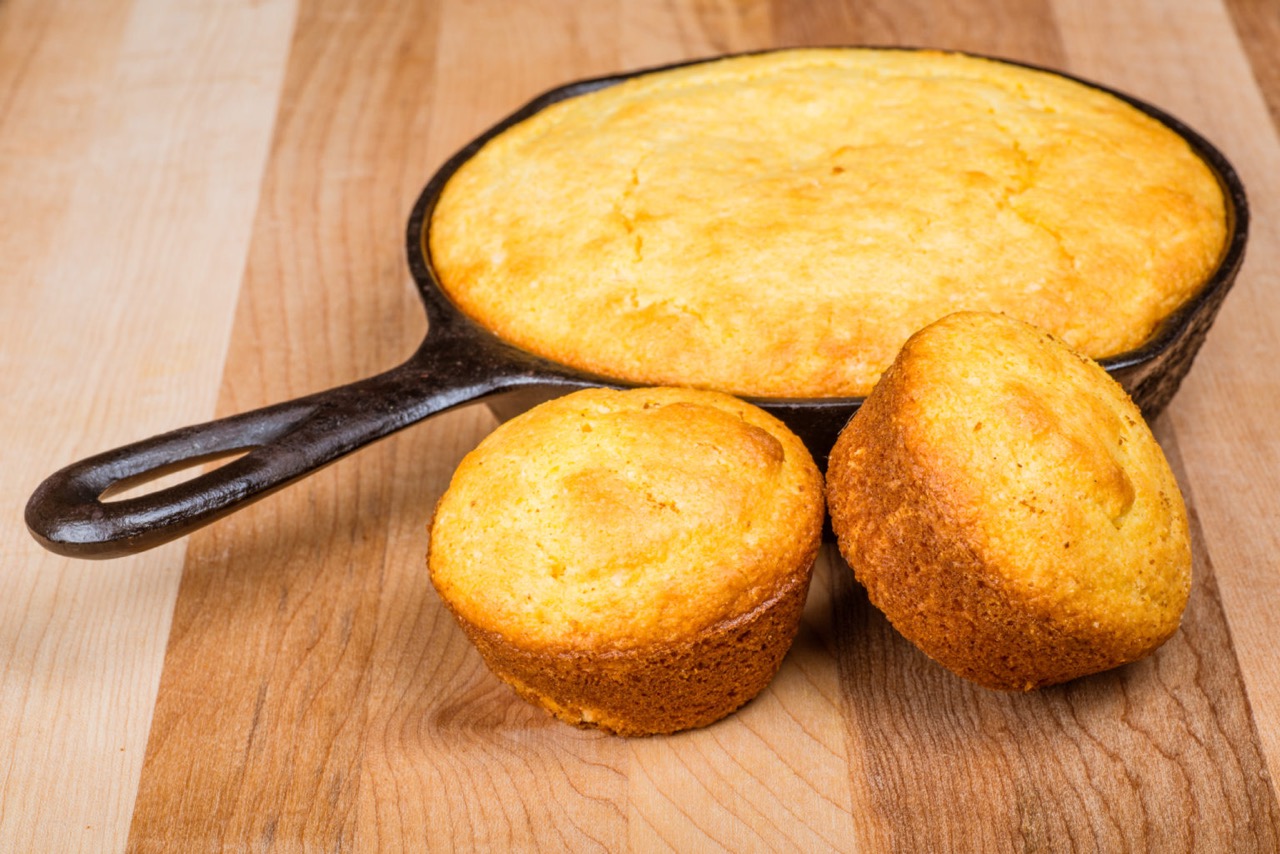

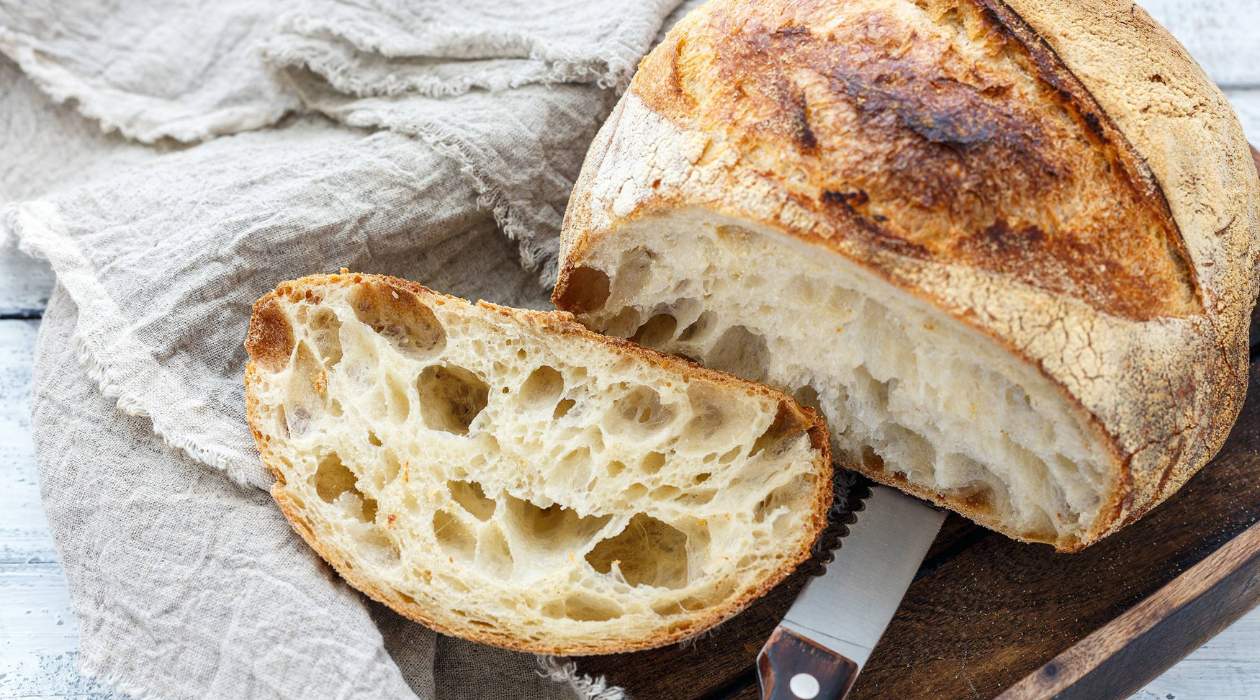
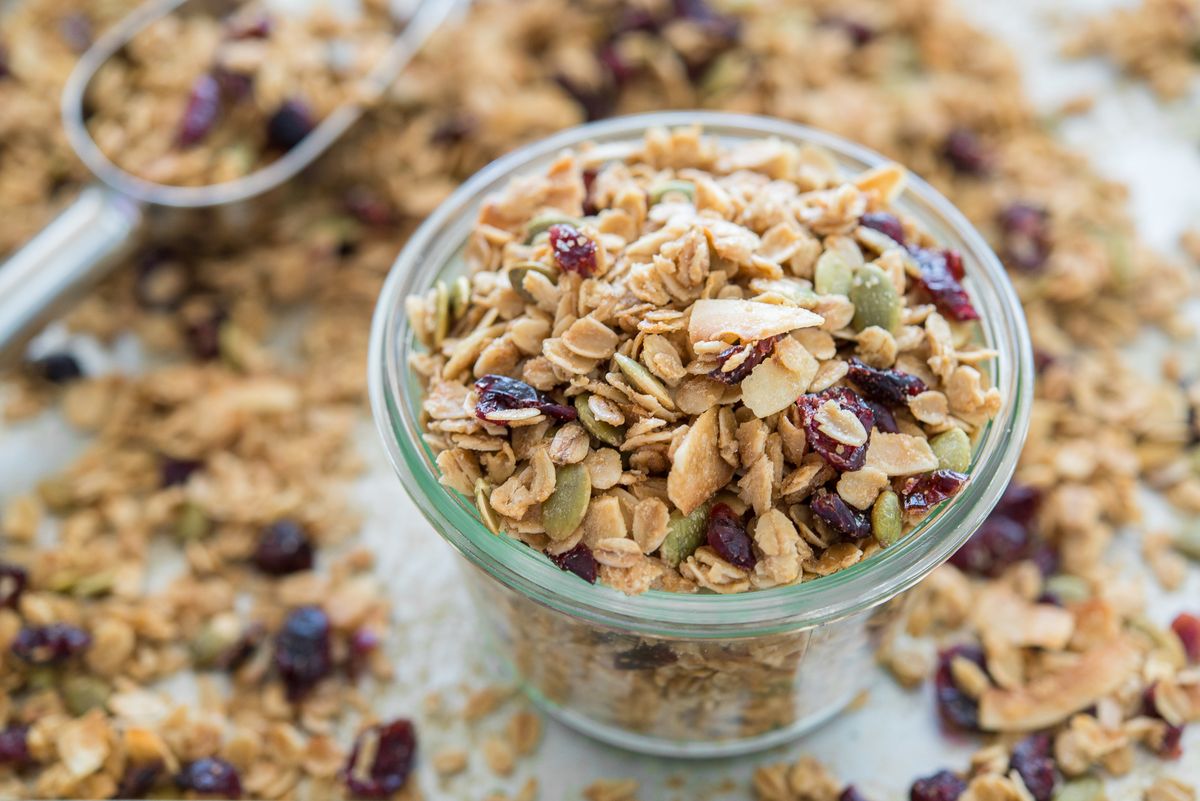

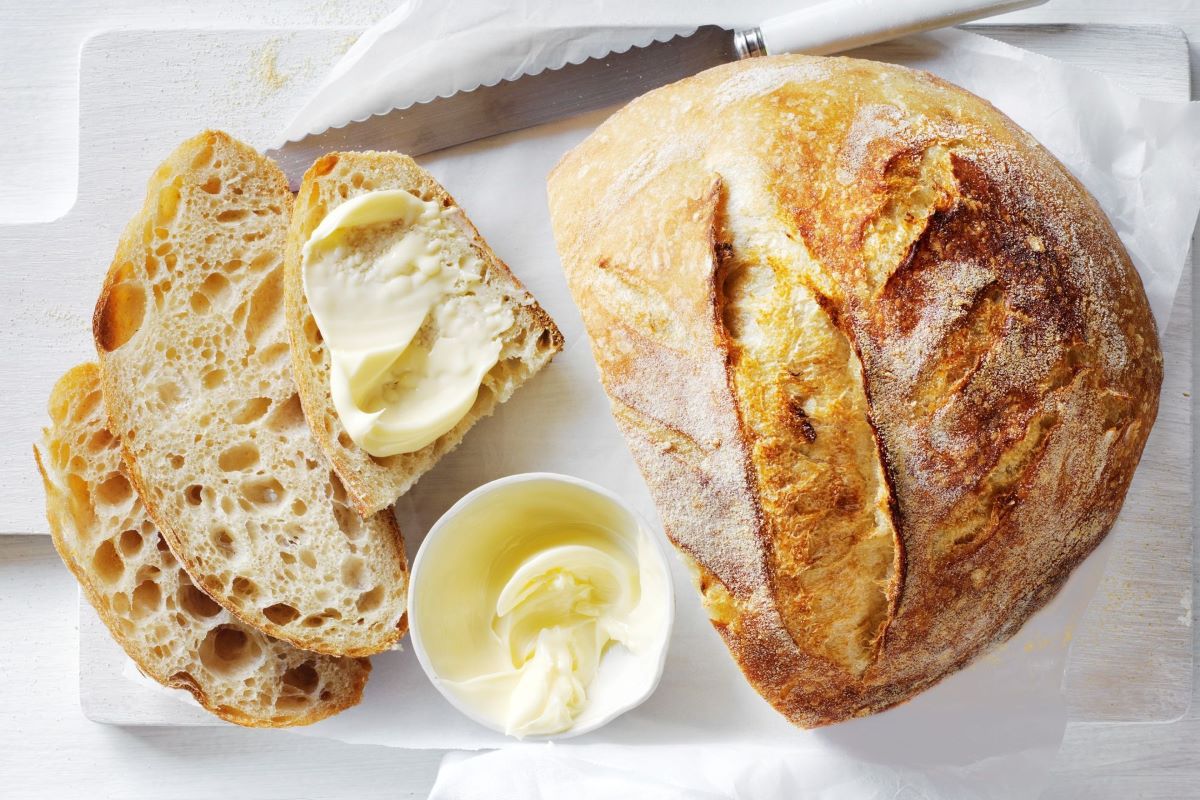
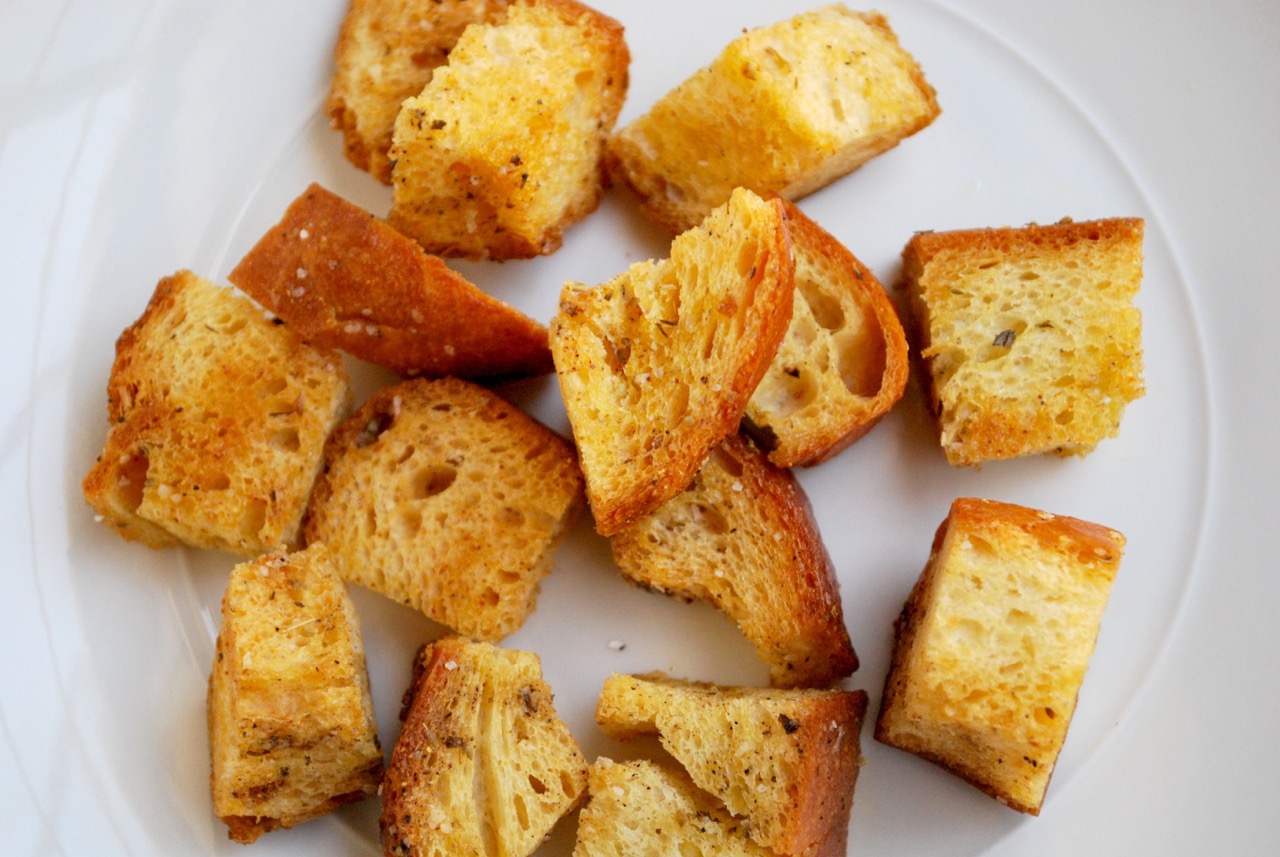

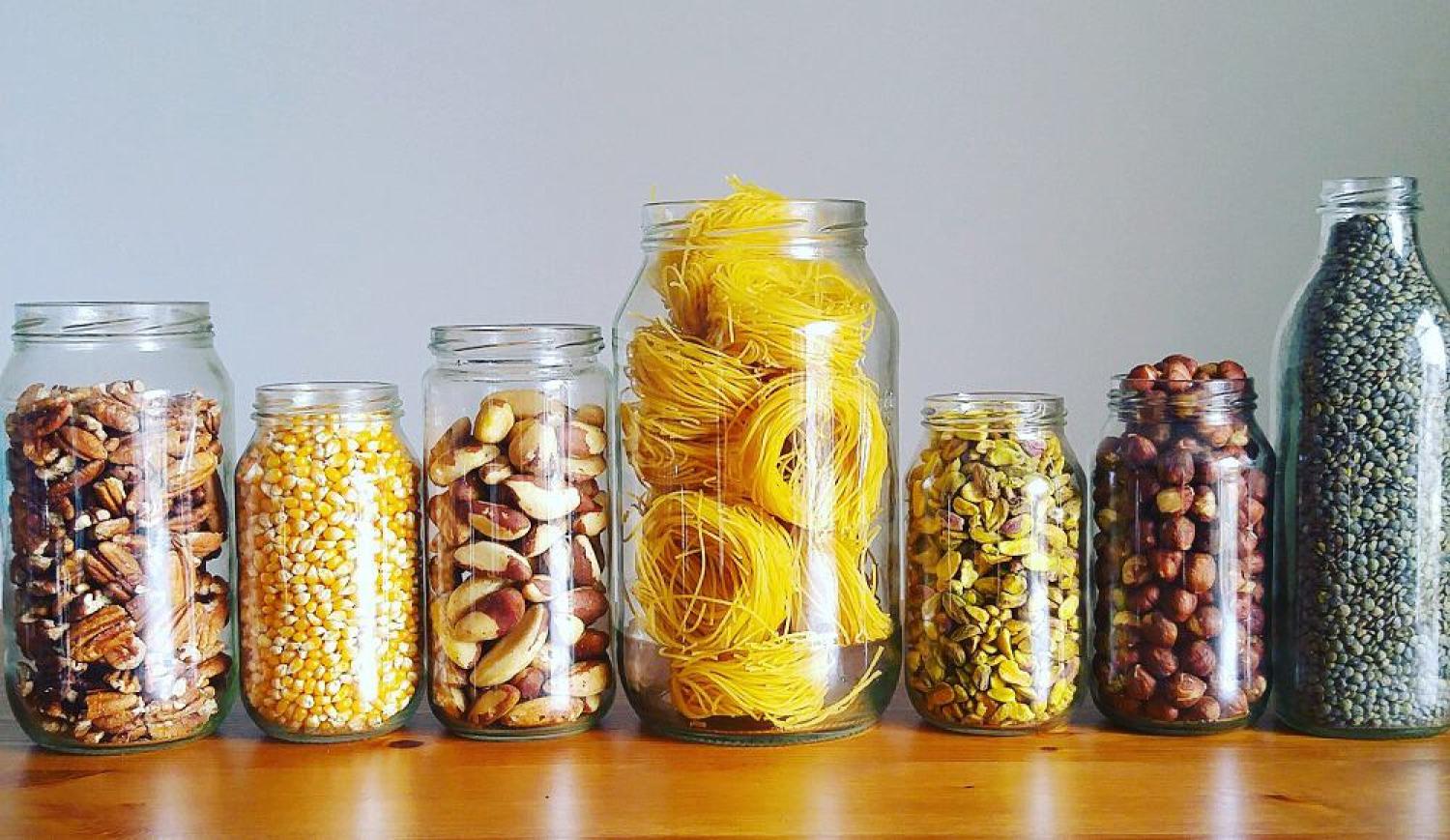

0 thoughts on “How To Store Homemade Bread Without Plastic”